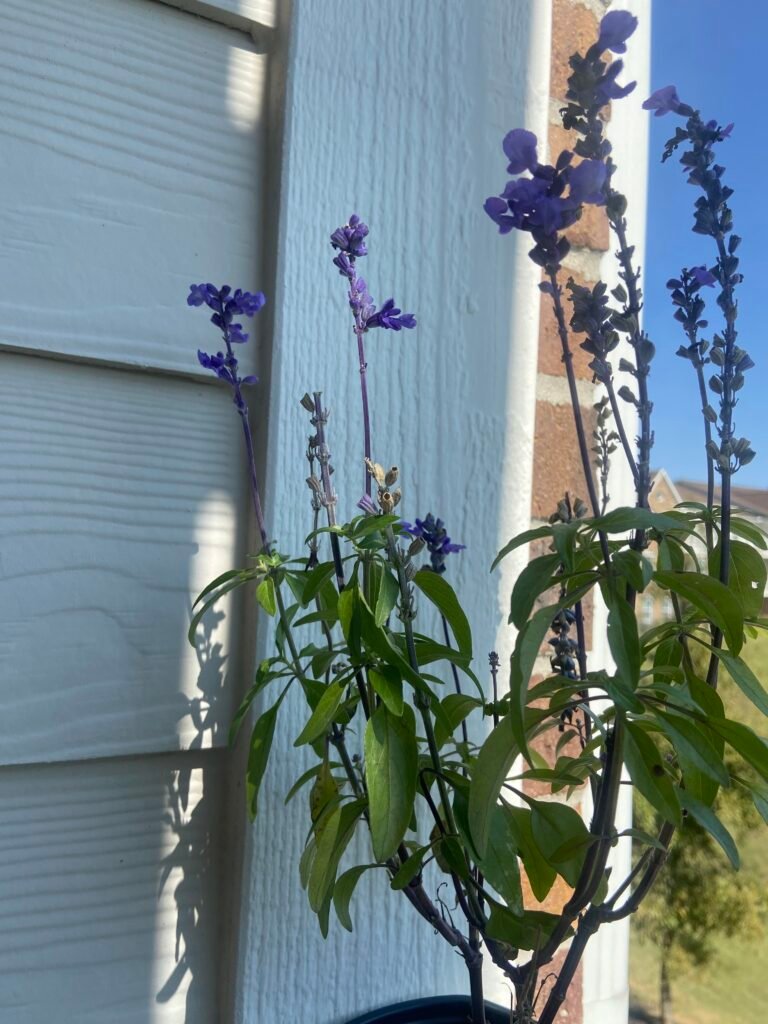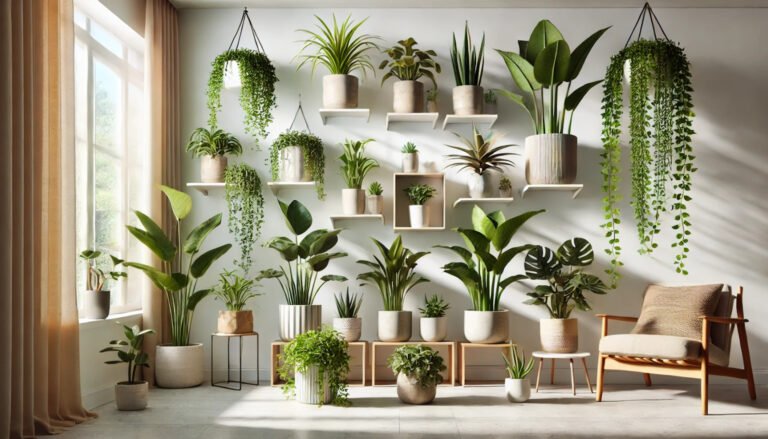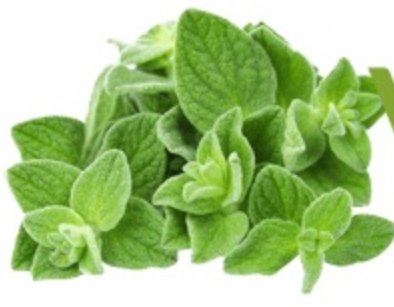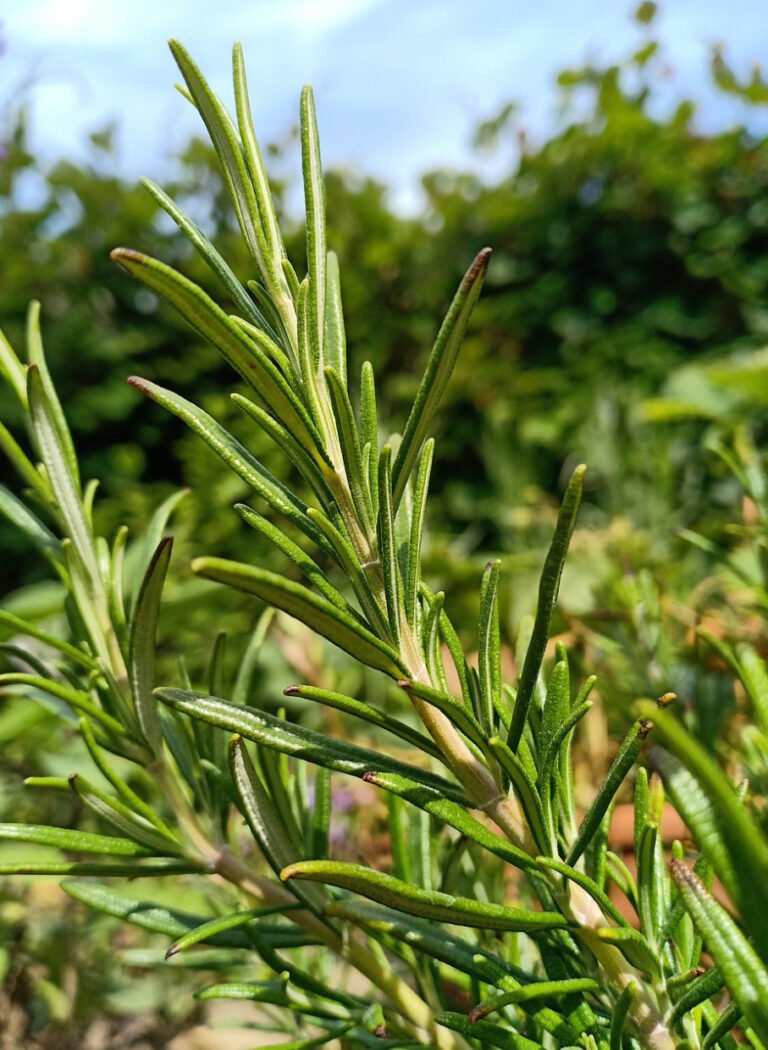When and how can we plant and care for mint?


Mint is a versatile and hardy herb that can be planted at different times of the year depending on your climate and growing conditions. Here’s a guide on when to plant mint:
1. Planting Mint Outdoors
- Spring: The best time to plant mint outdoors is in the spring, after the last frost has passed. This gives the plant time to establish itself before the hot summer months.
- Ideal Time: Late March to early June (depending on your climate).
- Fall: In regions with mild winters, you can also plant mint in the fall. The cooler temperatures help mint establish strong roots before going dormant in winter, ready for growth in the spring.
- Ideal Time: September to early November (before the first frost).
2. Planting Mint Indoors
- Year-Round: Mint can be planted indoors at any time of year. If you’re growing mint indoors, place it in a pot near a sunny window where it will get 4-6 hours of sunlight daily. You can use grow lights if necessary.
3. Planting Mint in Containers
- Anytime: Mint can be grown in containers year-round, whether indoors or outdoors. If planting outdoors in containers, spring and fall are the best times, but mint will grow in summer as long as it’s kept well-watered.
4. Planting Mint Cuttings
- Late Spring to Summer: If you’re propagating mint from cuttings, you can do this during the growing season when the plant is actively producing new shoots. Late spring through summer is ideal for taking and rooting cuttings.
Summary of Planting Times:
- Outdoors:
- Spring (after the last frost)
- Fall (before the first frost)
- Indoors: Anytime
- Container Growing: Anytime (as long as proper care is provided)
Mint is a fast-growing herb, so once planted, it will quickly spread and thrive with the right conditions.
Mint is a hardy, easy-to-grow herb that thrives in various conditions. Here’s a guide on how to plant and care for mint:
1. Choosing the Right Location
- Sunlight: Mint prefers partial shade to full sun. Ideally, it should get 4-6 hours of sunlight daily, but it can tolerate more shade than many other herbs.
- Soil: Mint grows best in moist, well-drained soil with a pH of 6.0 to 7.0. It can thrive in a wide range of soil types but prefers soil that is rich in organic matter.
- Container Growing: Mint spreads aggressively, so it’s often best to plant it in containers to keep it from taking over your garden.
2. Planting Mint
- Planting from Seeds: Mint can be grown from seeds, but it’s slow and less reliable. It’s better to start with small plants or cuttings.
- Planting from Cuttings: To grow mint from cuttings, cut a 4-6 inch piece of mint stem just below a node (where the leaves emerge). Remove the leaves from the bottom half of the cutting, then place it in water or plant directly in soil. Roots will develop in 1-2 weeks.
- Planting Outdoors: Space mint plants about 12-18 inches apart. Mint will spread, so plant it in a pot or a contained area of the garden to control its growth.
3. Watering
Mint prefers moist soil, but it doesn’t like waterlogged conditions. Keep the soil consistently moist, especially during dry spells. If you’re growing mint in a pot, water it more frequently as container plants dry out faster.
- Watering Tip: Check the soil moisture by inserting your finger about an inch into the soil. If it feels dry, it’s time to water.
4. Fertilizing
Mint is a low-maintenance plant and doesn’t require heavy feeding. However, you can fertilize it lightly to encourage healthy growth.
- Organic Fertilizer: Use compost or a slow-release organic fertilizer in the spring to nourish the plant.
- Liquid Fertilizer: You can also feed mint with a diluted liquid fertilizer every 4-6 weeks during the growing season.
5. Pruning and Harvesting
- Pruning: Regular pruning will keep mint plants bushy and prevent them from getting leggy. Pinch off the tips of the stems regularly to encourage more side shoots.
- Harvesting: You can start harvesting mint leaves once the plant is about 4-6 inches tall. Harvest the leaves early in the morning for the best flavor. Avoid harvesting more than one-third of the plant at a time to allow it to regrow.
- Pinching Flower Buds: If mint begins to flower, pinch off the buds to focus energy on leaf production and keep the plant flavorful.
6. Controlling Mint’s Spread
Mint is notorious for spreading quickly. To control its spread:
- Use Containers: The best way to prevent mint from taking over is to grow it in a pot. You can also plant the pot in the ground to keep the roots contained.
- Root Barriers: If you plant mint in the ground, use root barriers to prevent the plant from spreading into other areas of your garden.
- Regular Maintenance: Dig up and divide mint plants every couple of years to control their growth and keep them healthy.
7. Pests and Diseases
Mint is relatively pest-resistant, but it can still encounter a few problems:
- Aphids: Small green or black insects that suck plant sap. You can wash them off with a strong spray of water or use insecticidal soap.
- Spider Mites: These tiny pests cause yellowing of leaves. Regularly misting the plants can help, as spider mites prefer dry conditions.
- Rust: A fungal disease that causes orange spots on the leaves. Remove affected leaves and avoid overhead watering to prevent the spread of rust.
8. Overwintering
Mint is a perennial plant, meaning it will return each year. In colder climates, it will die back in the winter but regrow in the spring.
- Outdoor Plants: In cold regions, you can mulch around the plant to protect the roots during winter.
- Indoor Plants: If you’re growing mint indoors during winter, place the pot in a sunny spot and water regularly to prevent it from drying out.
Key Takeaways:
- Light: Partial shade to full sun (4-6 hours of sunlight).
- Soil: Moist, well-drained soil, rich in organic matter.
- Watering: Keep the soil consistently moist but avoid waterlogging.
- Fertilizing: Light feeding with compost or organic fertilizer.
- Harvesting: Regularly harvest the leaves and prune for bushier growth.
- Containment: Grow mint in containers or use root barriers to prevent it from spreading.
With the right care, mint will flourish and provide fresh, aromatic leaves for teas, cooking, and other uses year-round.





